Home>Interior Design>Why Does My Toilet Keep Running? The 4 Reasons You’re Wasting Water
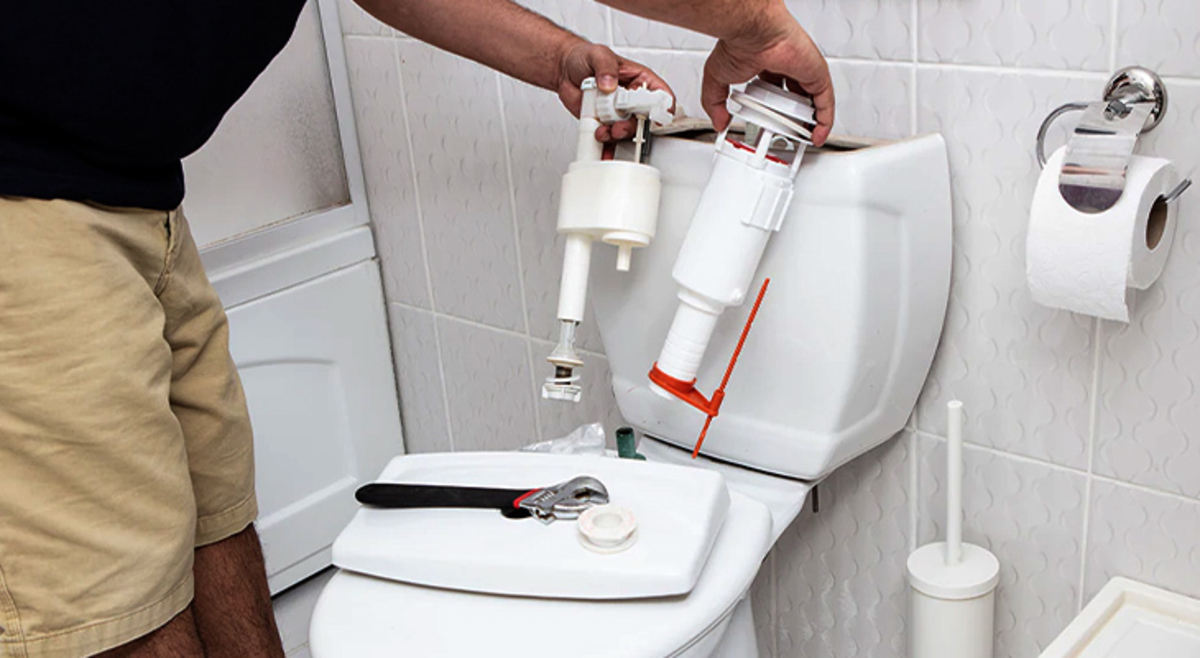

Interior Design
Why Does My Toilet Keep Running? The 4 Reasons You’re Wasting Water
Modified: February 28, 2024
Discover the top 4 reasons why your toilet keeps running and wasting water in your home. Ensure efficient interior design with these crucial tips.
(Many of the links in this article redirect to a specific reviewed product. Your purchase of these products through affiliate links helps to generate commission for Storables.com, at no extra cost. Learn more)
Introduction
Welcome to the world of interior design! Whether you’re an aspiring designer or a homeowner looking to revamp your living space, understanding the fundamentals of interior design is crucial. From selecting the right color palette to choosing the perfect furniture, every detail plays a significant role in creating a harmonious and functional environment.
In this article, we will explore the various aspects of interior design, providing you with valuable insights and tips to transform any space into a stunning masterpiece. We will delve into the importance of creating a cohesive design concept, selecting appropriate materials and finishes, and maximizing the use of natural light. Get ready to embark on an exciting journey into the world of interior design!
When it comes to interior design, the possibilities are endless. Each space possesses its own unique character and purpose, demanding a tailored approach to unleash its full potential. From minimalist and contemporary to rustic and traditional, every style has its charm and appeal. Understanding the different design styles and how to utilize them effectively is key to creating a visually striking and cohesive space.
Color selection is another crucial element in interior design. The right color scheme can set the mood and atmosphere of a room, whether it be a soothing sanctuary or an energetic space for social gatherings. We will explore the psychology of colors and how they can be used to create specific ambiances within your interior design.
Of course, furniture and decor play a significant role in interior design. We will discuss the importance of selecting the right pieces and arranging them in a way that optimizes both functionality and aesthetics. From choosing the perfect sofa to arranging accessories on a side table, every element contributes to the overall design concept.
Lighting is often overlooked but can make a significant impact on the overall feel of a space. We will delve into the different types of lighting and how to use them effectively to create ambiance, highlight focal points, and enhance functionality.
Lastly, we will explore how to maximize space in smaller areas and how to create a sense of flow and balance throughout larger spaces. Whether you’re dealing with limited square footage or an open-concept layout, understanding spatial planning and circulation is key to creating a functional and visually pleasing design.
With this comprehensive guide, you’ll be equipped with the knowledge and insights to tackle any interior design project with confidence and creativity. So, let’s dive in and unlock the world of interior design!
Key Takeaways:
- Don’t let a running toilet waste water and cause frustration. Learn to identify and fix common issues like damaged fill valves and faulty flappers to ensure an efficient and eco-friendly bathroom experience.
- Understanding the causes of a running toilet empowers you to take action. From adjusting the float to repairing a leaky flush valve, addressing these issues promptly can save water and prevent further damage.
Read more: Why Does Water Keep Running In Toilet Bowl
Damaged Fill Valve
One of the common reasons why your toilet keeps running is a damaged fill valve. The fill valve is responsible for controlling the flow of water into the toilet tank after each flush. If the fill valve is damaged or worn out, it may not properly shut off the water supply, causing it to continuously run.
To determine if the fill valve is the culprit, you can perform a simple test. Remove the toilet tank lid and observe the water level. Ideally, the water level should be just below the overflow tube. If the water level exceeds this point and keeps rising, it indicates a faulty fill valve.
To fix a damaged fill valve, you will need to replace it with a new one. Start by turning off the water supply to the toilet. This is usually done by shutting off the water valve located behind or beside the toilet. Once the water is turned off, flush the toilet to drain the tank.
Next, disconnect the water supply line from the bottom of the tank. You will also need to disconnect the fill valve from the overflow tube. This can usually be done by unscrewing the nut that holds the valve in place. Once the old fill valve is removed, follow the manufacturer’s instructions to install the new one.
After installing the new fill valve, reattach the water supply line and turn on the water valve. Allow the tank to fill up and check for any leaks. Once the tank is full, adjust the fill valve to ensure the water level is at the appropriate height just below the overflow tube.
By replacing the damaged fill valve, you can effectively stop your toilet from running and prevent unnecessary water wastage. It’s important to address this issue promptly to avoid any potential damage to your toilet and to conserve water.
Remember, if you’re unsure about tackling this repair yourself, it’s always best to consult a professional plumber who can correctly diagnose and fix any issues with your toilet’s fill valve.
Faulty Flapper
Another common culprit behind a running toilet is a faulty flapper. The flapper is a rubber valve located at the bottom of the toilet tank. Its main function is to seal the flush valve and prevent water from continuously flowing into the toilet bowl.
If the flapper is worn out or damaged, it may not create a proper seal, causing water to leak from the tank into the bowl. This continuous flow of water triggers the fill valve to keep refilling the tank, leading to a running toilet.
To check if the flapper is the cause of the problem, remove the toilet tank lid and observe the flapper. If it appears to be warped, cracked, or covered in mineral deposits, it’s likely that you need to replace it.
To replace the faulty flapper, start by turning off the water supply to the toilet. Flush the toilet to drain the tank and remove any remaining water with a sponge or towel. Next, disconnect the chain or wire connected to the flapper from the flush lever.
Take note of the type of flapper you have as there are different designs in the market. It’s essential to purchase the correct replacement flapper for your toilet model to ensure a proper fit. Follow the manufacturer’s instructions for installation, which typically involve attaching the new flapper onto the hinge and connecting the chain or wire to the flush lever.
Once the new flapper is securely in place, turn on the water supply and allow the tank to fill up. Check for any leaks and ensure that the flapper creates a tight seal when the tank is full. Adjust the chain or wire if necessary to ensure proper operation.
By replacing the faulty flapper, you can effectively resolve the issue of a running toilet. Not only will this save water, but it will also prevent any damage to the toilet’s components and reduce the risk of potential leaks.
If you’re unsure about how to replace the flapper or if you’re experiencing recurring issues with your toilet, it’s recommended to seek the assistance of a professional plumber who can diagnose the problem and provide the necessary repairs.
Check the flapper in the toilet tank for damage or misalignment, as this is a common cause of a running toilet. Adjust or replace the flapper as needed to stop the water wastage.
Improperly Adjusted Float
An improperly adjusted float can also contribute to a running toilet. The float is a component that controls the water level in the tank. When the tank is empty, the float drops, and the fill valve opens to allow water to refill the tank. Once the water reaches a certain level, the float rises, and the fill valve shuts off.
If the float is set too high or too low, it can affect the water level and cause the toilet to continuously run. When the float is set too high, the water will keep rising and spill into the overflow tube, triggering the fill valve to continue refilling the tank. On the other hand, if the float is set too low, the water level may not reach the appropriate height, leading to a weak flush and a running toilet.
To determine if the float is the issue, remove the toilet tank lid and observe the water level. It should be slightly below the top of the overflow tube. If it exceeds this point or is significantly below, adjusting the float may be necessary.
To adjust the float, locate the float arm and the adjustment screw or clip. The method of adjustment may vary depending on the type of float mechanism in your toilet. You can either bend the float arm to change its position or adjust the screw or clip to achieve the desired water level.
If your toilet has a ball float, you can adjust the water level by bending the float arm. Gently bend the arm downwards to lower the water level or upwards to raise it. Make small adjustments and test the water level after each adjustment until it reaches the appropriate height.
For a float cup or cylinder, look for the adjustment screw or clip attached to the valve assembly. Turn the screw or move the clip to achieve the desired water level. Again, make gradual adjustments and test the water level to ensure it is within the recommended range.
Once the float is properly adjusted, flush the toilet and observe the tank refill. The water should stop running once it reaches the correct level, and the float should respond accordingly by shutting off the fill valve.
By making the necessary adjustments to the float, you can resolve the issue of a running toilet. It’s important to find the right balance to ensure proper water level and prevent any wastage or overflow.
If you’re unsure about adjusting the float or if you continue to experience problems with your toilet, it’s advisable to consult a professional plumber who can diagnose the issue and provide appropriate solutions.
Leaky Flush Valve
A leaky flush valve is another common cause of a running toilet. The flush valve is a mechanism that allows water to flow from the tank into the toilet bowl during a flush. It is crucial for the flush valve to create a tight seal after each use to prevent water from continuously leaking into the bowl.
If the flush valve is worn out or has a faulty seal, water can slowly leak into the bowl, leading to a continuous flow and a running toilet. This not only wastes water but can also cause a constant refilling of the tank by the fill valve.
To check if the flush valve is the source of the problem, add a few drops of food coloring into the tank. Wait for a few minutes without flushing the toilet. If you notice the colored water seeping into the bowl, it indicates a leaky flush valve.
Repairing a leaky flush valve involves replacing the faulty valve or fixing the seal. Depending on the type of flush valve in your toilet, the repair method may vary.
If your toilet has a flapper-style flush valve, start by turning off the water supply to the toilet. Flush the toilet to drain the tank and remove any remaining water. Next, detach the flapper from the overflow tube, usually by unscrewing the nut that attaches it. Inspect the flapper for any signs of damage or wear. If it is worn out, replace it with a new one and ensure it creates a proper seal when closed.
For a canister-style flush valve, you will need to remove the entire canister assembly. Turn off the water supply, flush the toilet, and disconnect the canister assembly from the overflow pipe. Inspect the seal and replace it if necessary. Reattach the canister assembly and turn on the water supply, allowing the tank to refill.
After making the necessary repairs, conduct another test by adding food coloring to the tank. Wait for a few minutes without flushing and check if the colored water remains in the tank and does not leak into the bowl. If there are no signs of leakage, you have successfully resolved the problem.
Addressing a leaky flush valve promptly is essential to prevent water wastage and maintain the efficiency of your toilet. If you’re not confident in performing the repairs yourself or if you’re experiencing recurring issues, it’s wise to consult a professional plumber for an accurate diagnosis and appropriate repairs.
Read more: Why My Toilet Keeps Running
Conclusion
A running toilet can be a frustrating and wasteful problem to deal with. However, by understanding the common causes and implementing the necessary repairs, you can effectively resolve the issue and prevent unnecessary water wastage.
In this article, we explored four common reasons why a toilet may keep running. From a damaged fill valve to a faulty flapper, an improperly adjusted float, or a leaky flush valve, each issue requires specific repairs or adjustments to restore the proper functioning of your toilet.
By replacing a damaged fill valve, you can ensure that the water supply to the toilet is correctly shut off after each flush. A new flapper will create a tight seal to prevent water from continuously flowing into the bowl. Adjusting the float to the appropriate level will balance the water level and prevent a constant refill of the tank. Finally, fixing or replacing a leaky flush valve will ensure that water does not leak into the bowl when the toilet is not in use.
It’s important to address a running toilet promptly to avoid water wastage and potential damage to your toilet’s components. Regular maintenance and checks can help identify and resolve any issues before they escalate.
If you’re not comfortable with performing the repairs yourself or if you continue to experience recurring problems despite your efforts, it’s advisable to seek the assistance of a professional plumber. They have the expertise and experience to accurately diagnose the problem and provide appropriate solutions.
Remember, in addition to repairing the specific issue causing your toilet to run, practicing water conservation habits is always a worthwhile endeavor. Simple steps such as fixing leaks promptly, using water-efficient fixtures, and being mindful of water usage can collectively make a significant impact on conserving this precious resource.
By understanding the common causes of a running toilet and taking the necessary steps to address them, you can ensure your toilet operates efficiently, save water, and maintain a properly functioning plumbing system in your home. Don’t let a running toilet become a persistent annoyance—take action and enjoy a hassle-free bathroom experience.
Frequently Asked Questions about Why Does My Toilet Keep Running? The 4 Reasons You're Wasting Water
Was this page helpful?
At Storables.com, we guarantee accurate and reliable information. Our content, validated by Expert Board Contributors, is crafted following stringent Editorial Policies. We're committed to providing you with well-researched, expert-backed insights for all your informational needs.
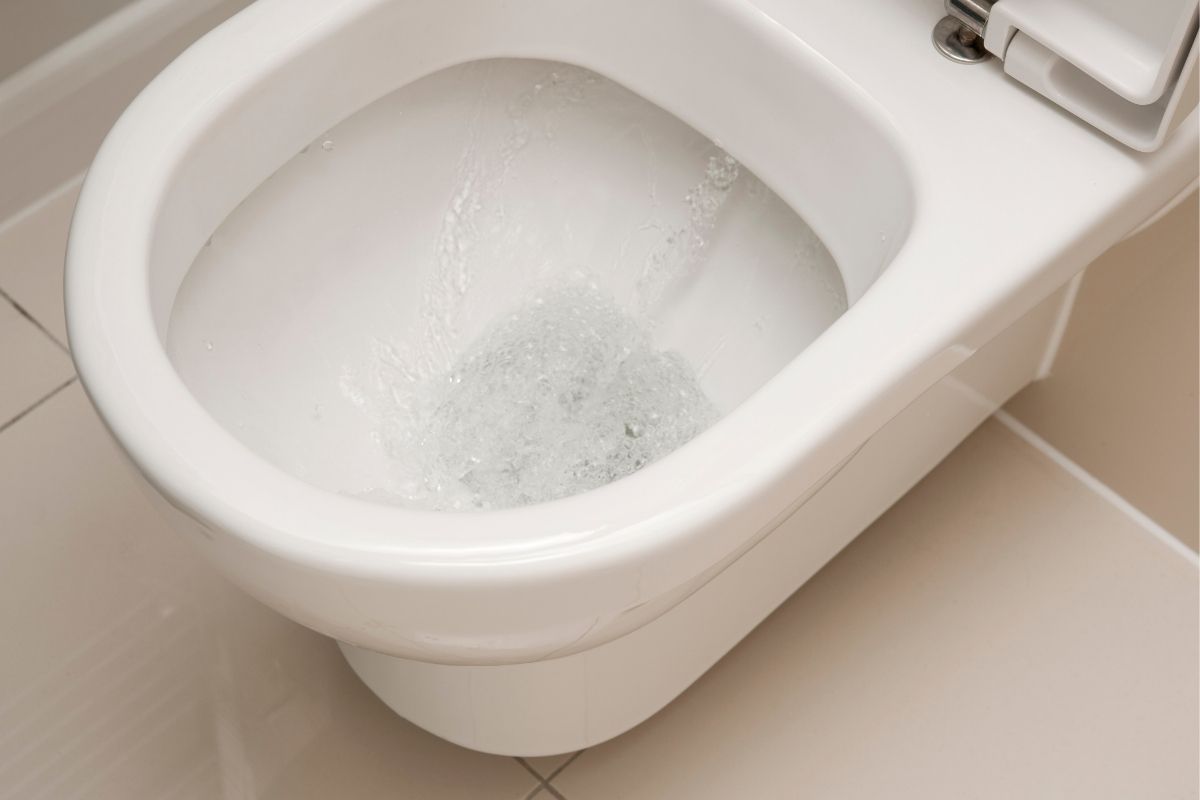
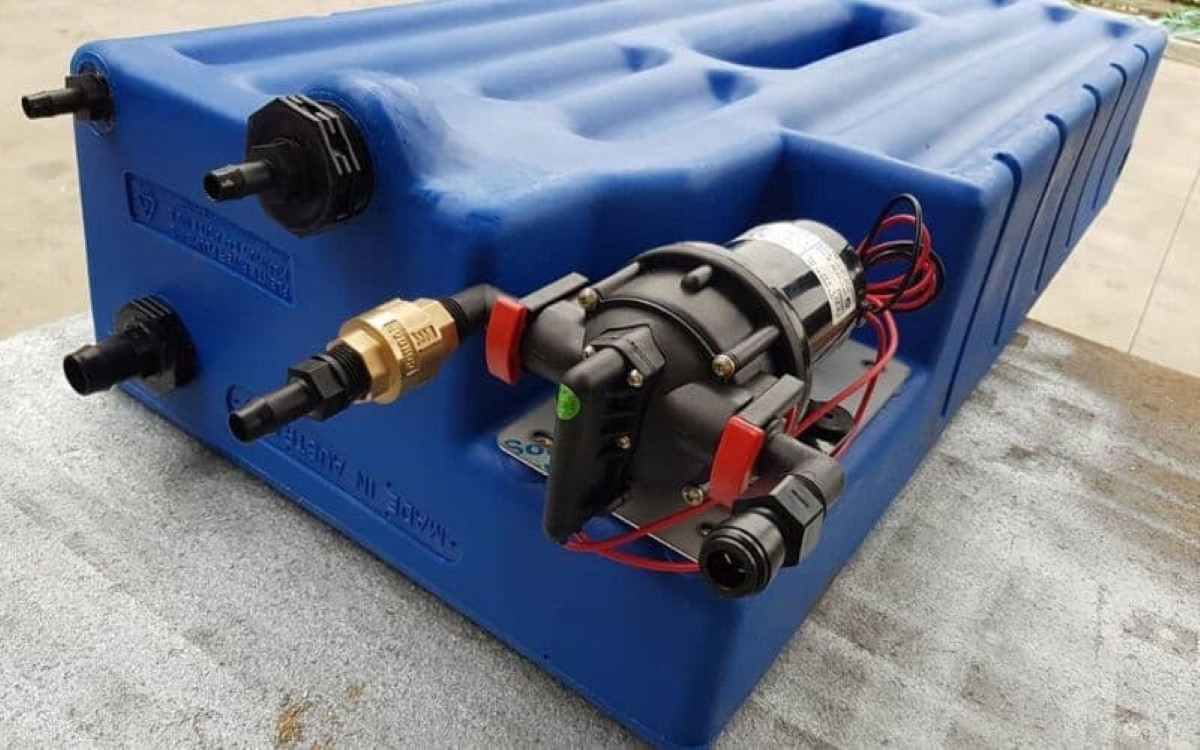
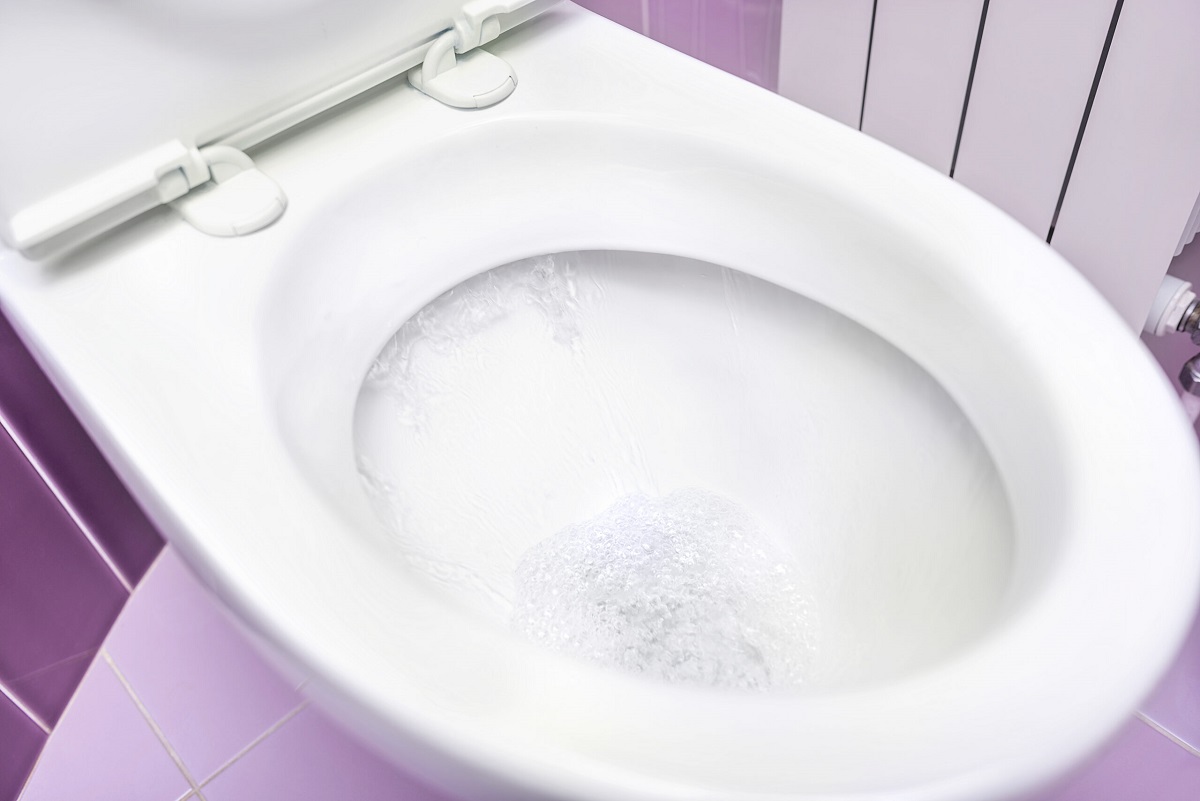
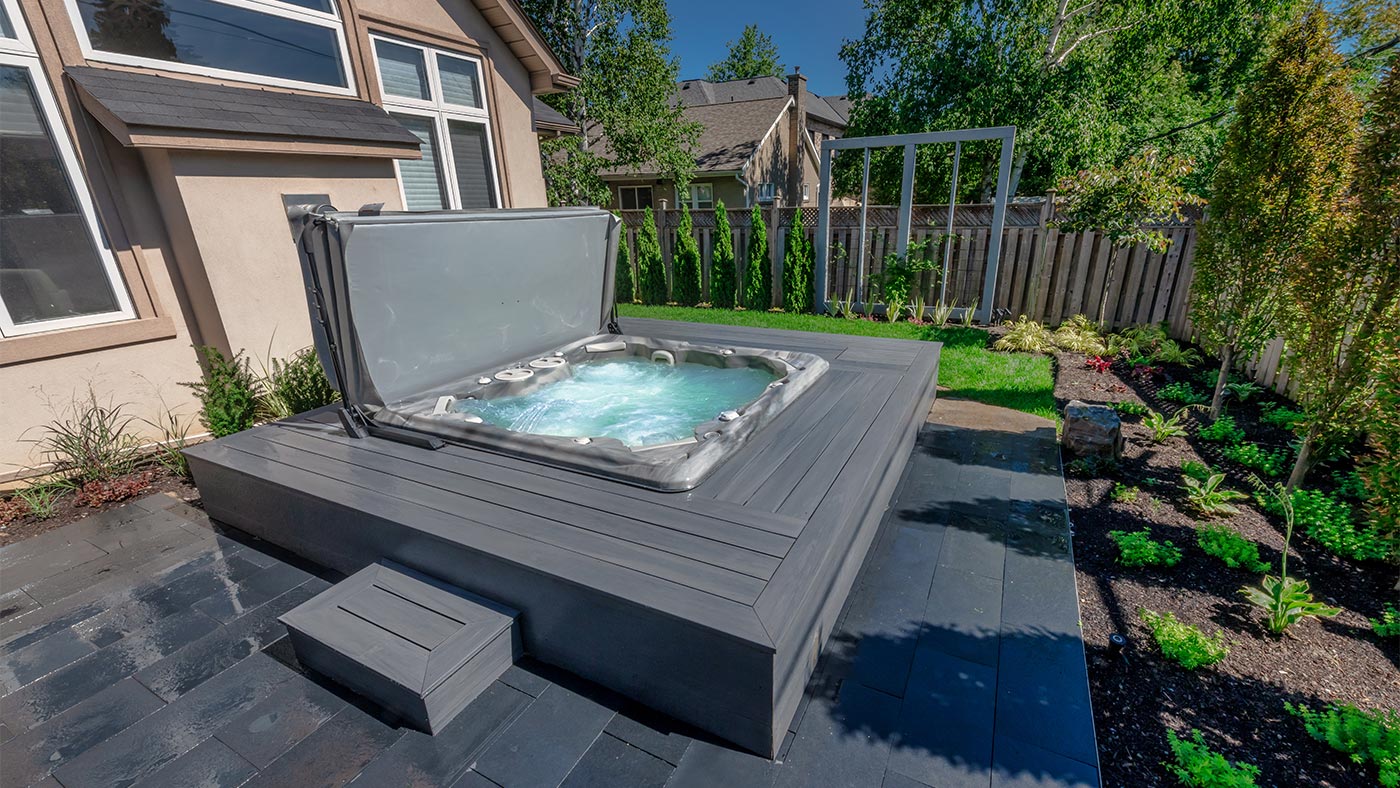
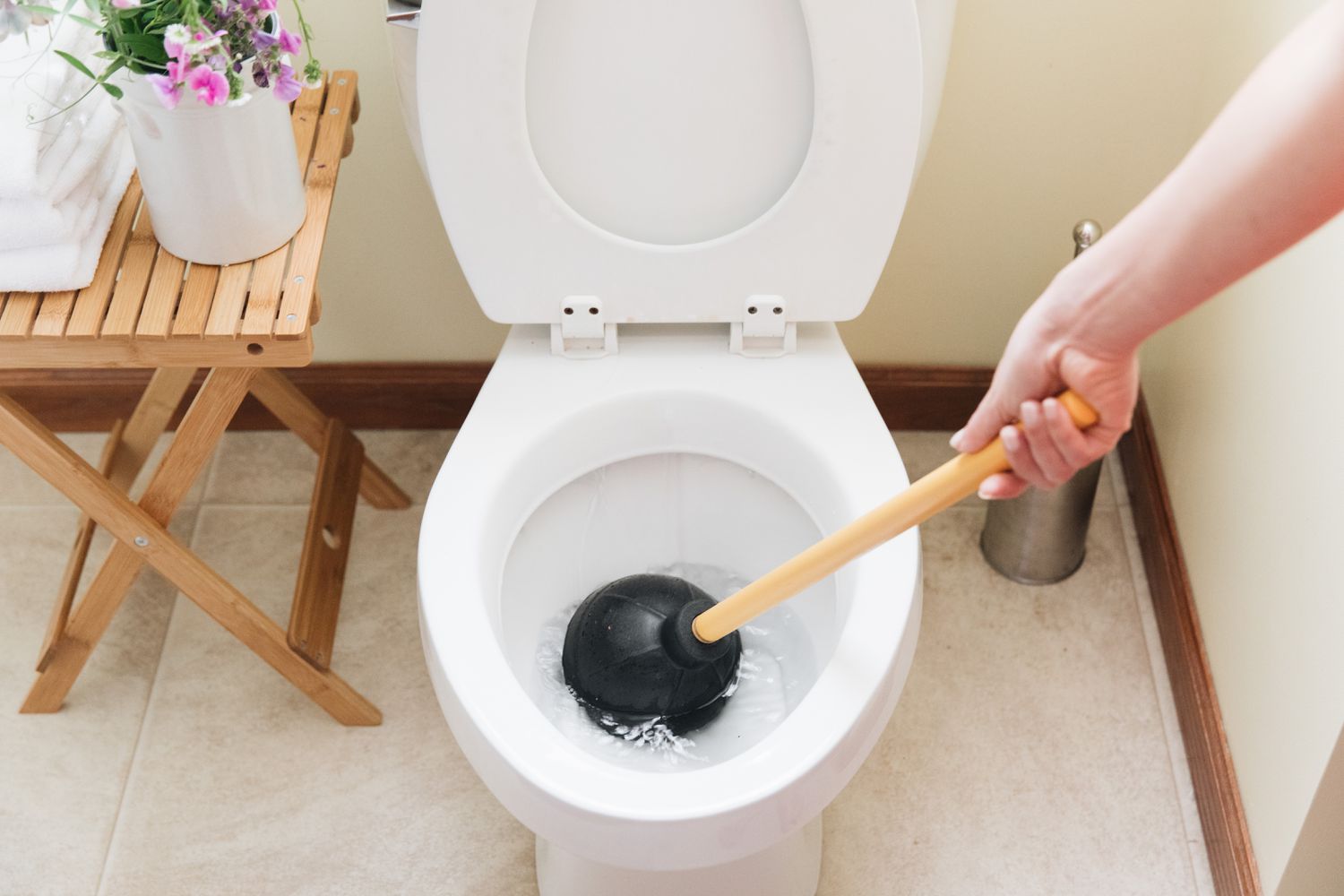
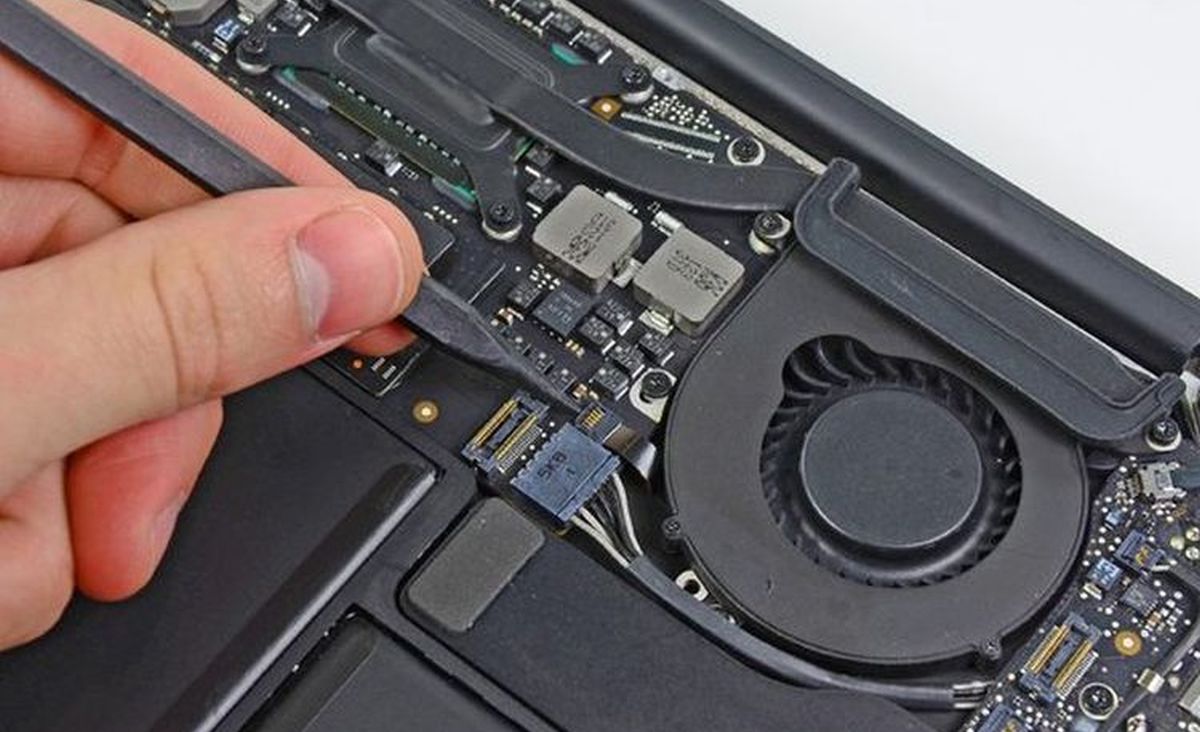
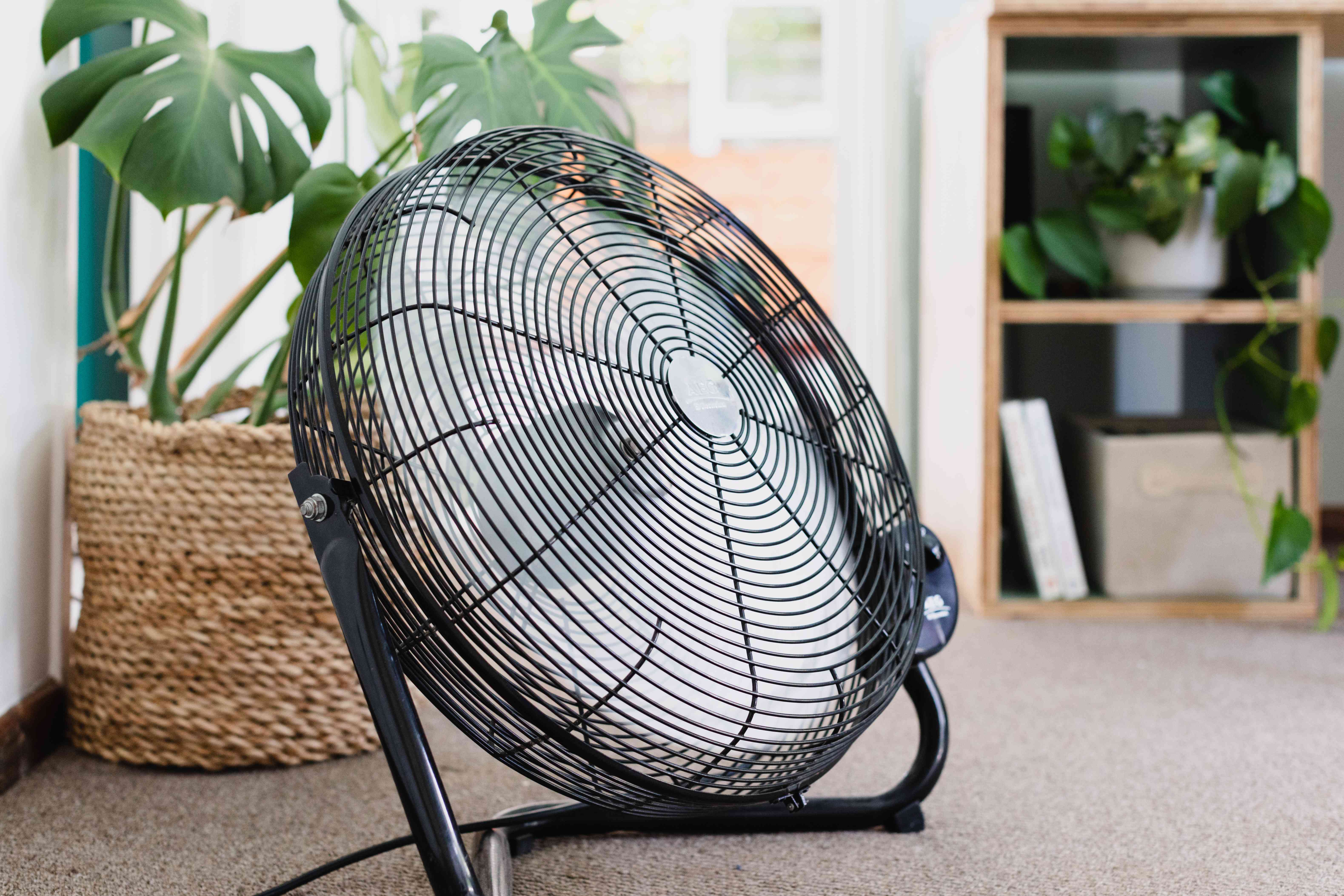

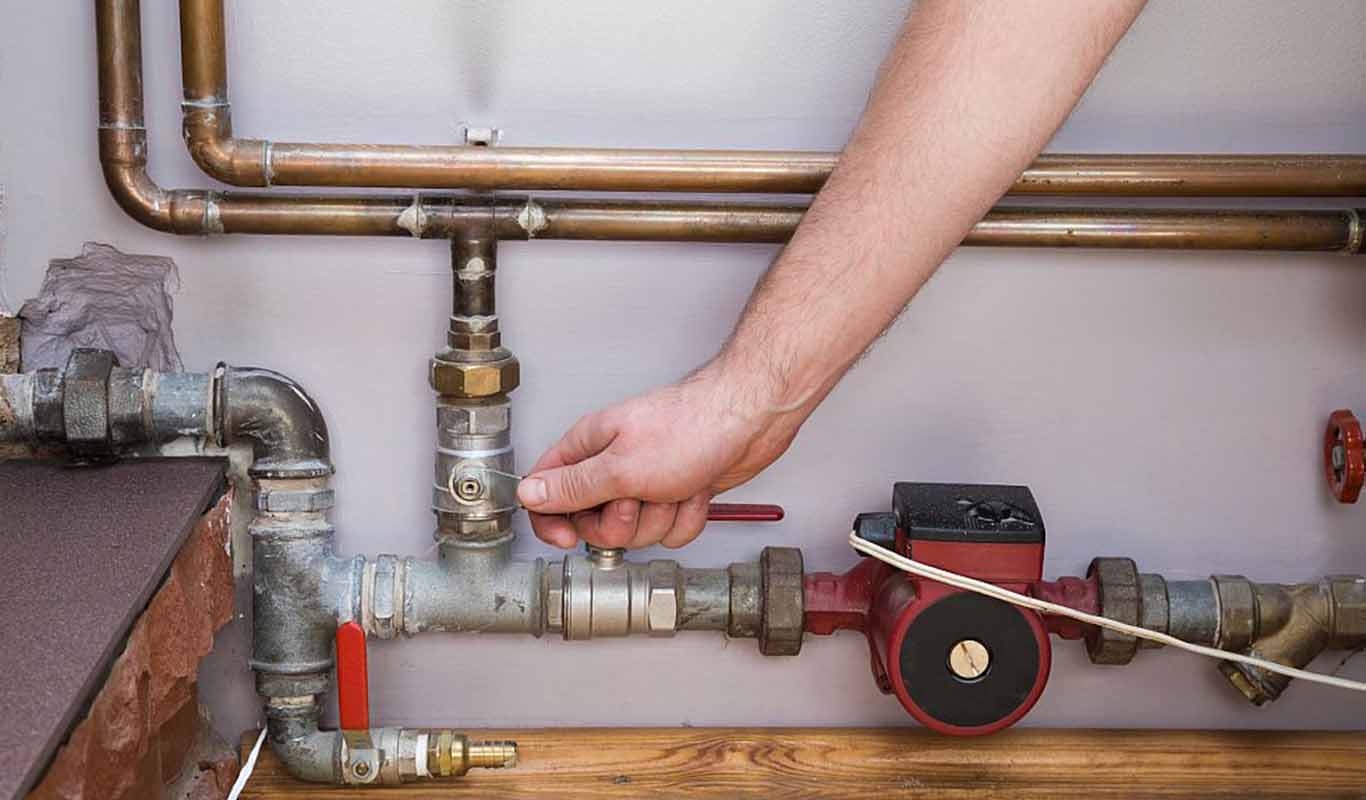
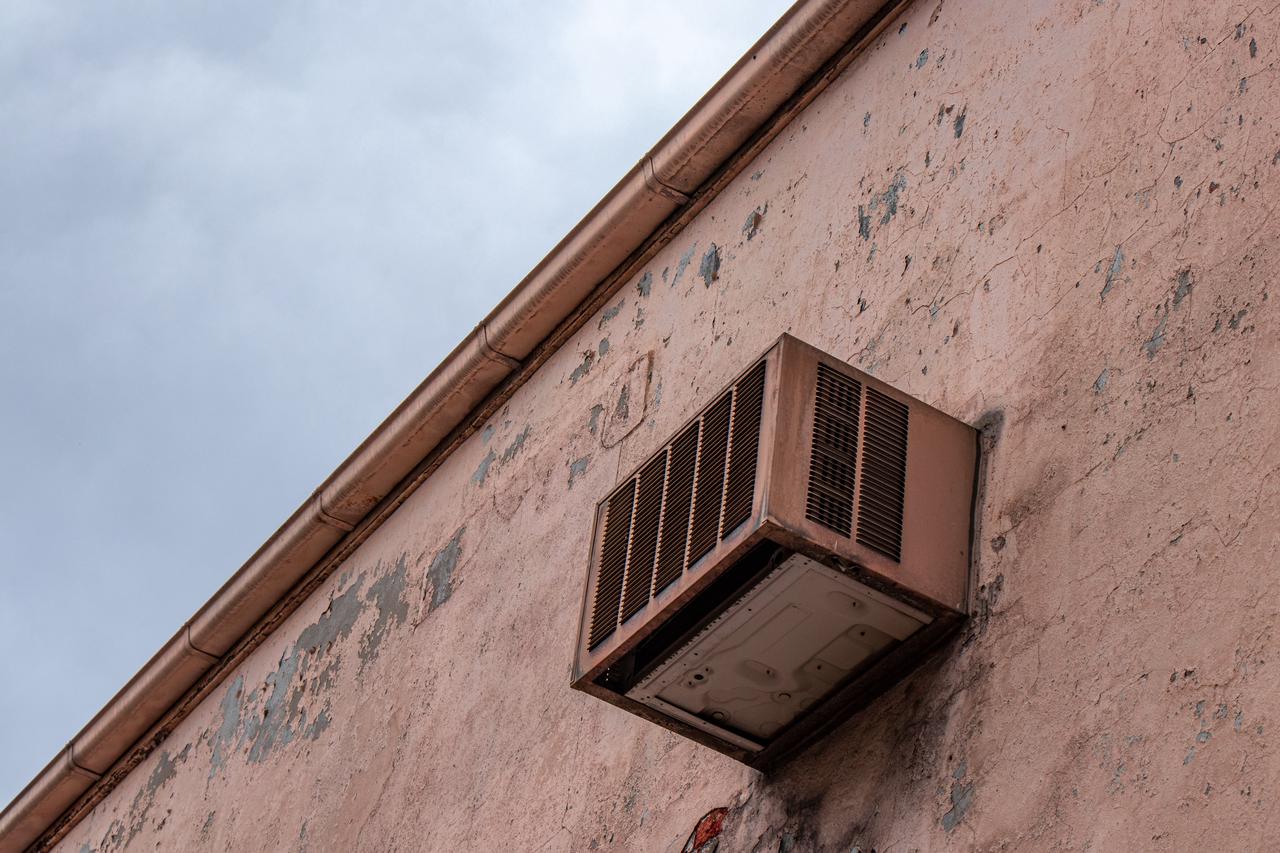
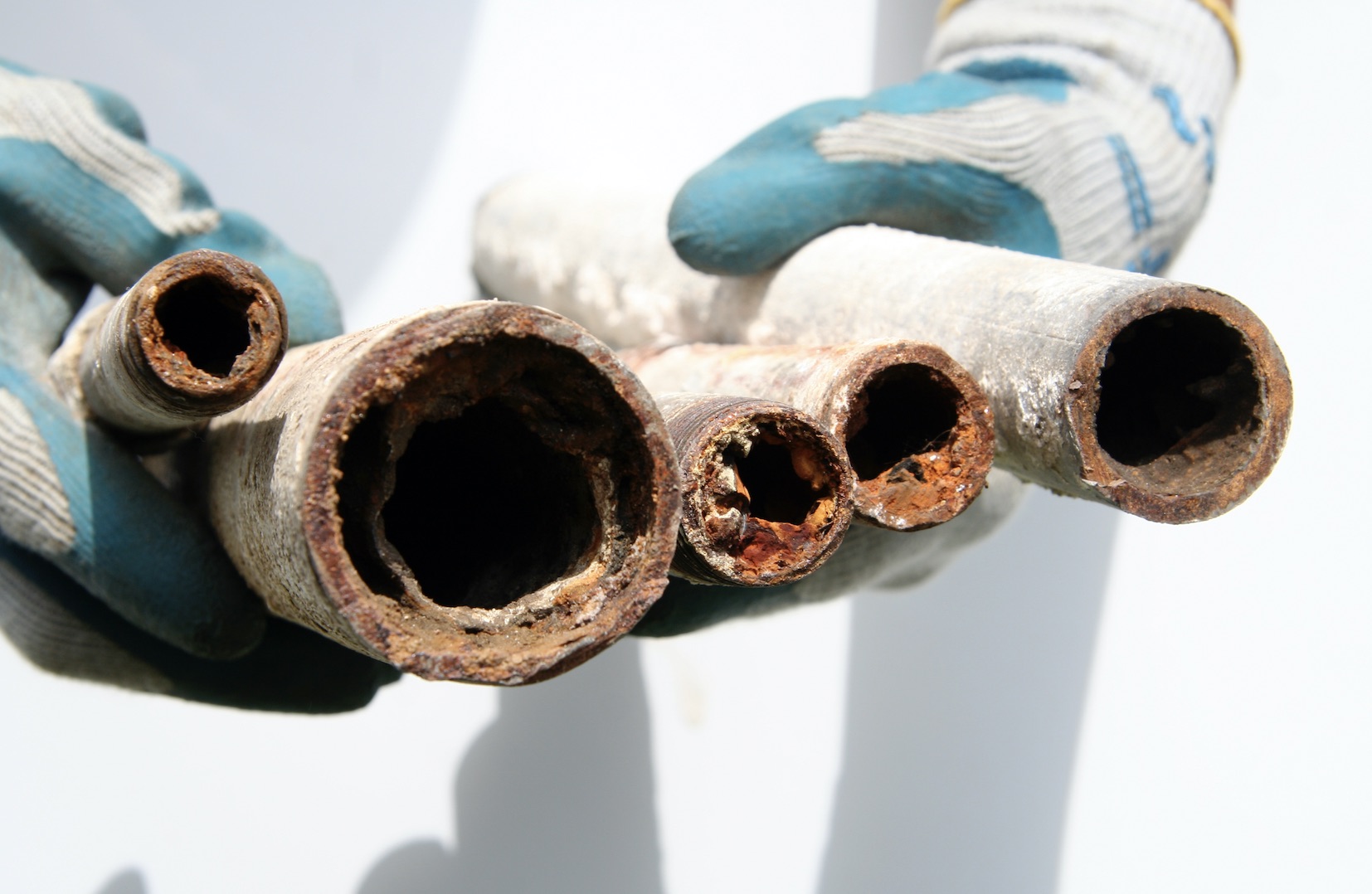
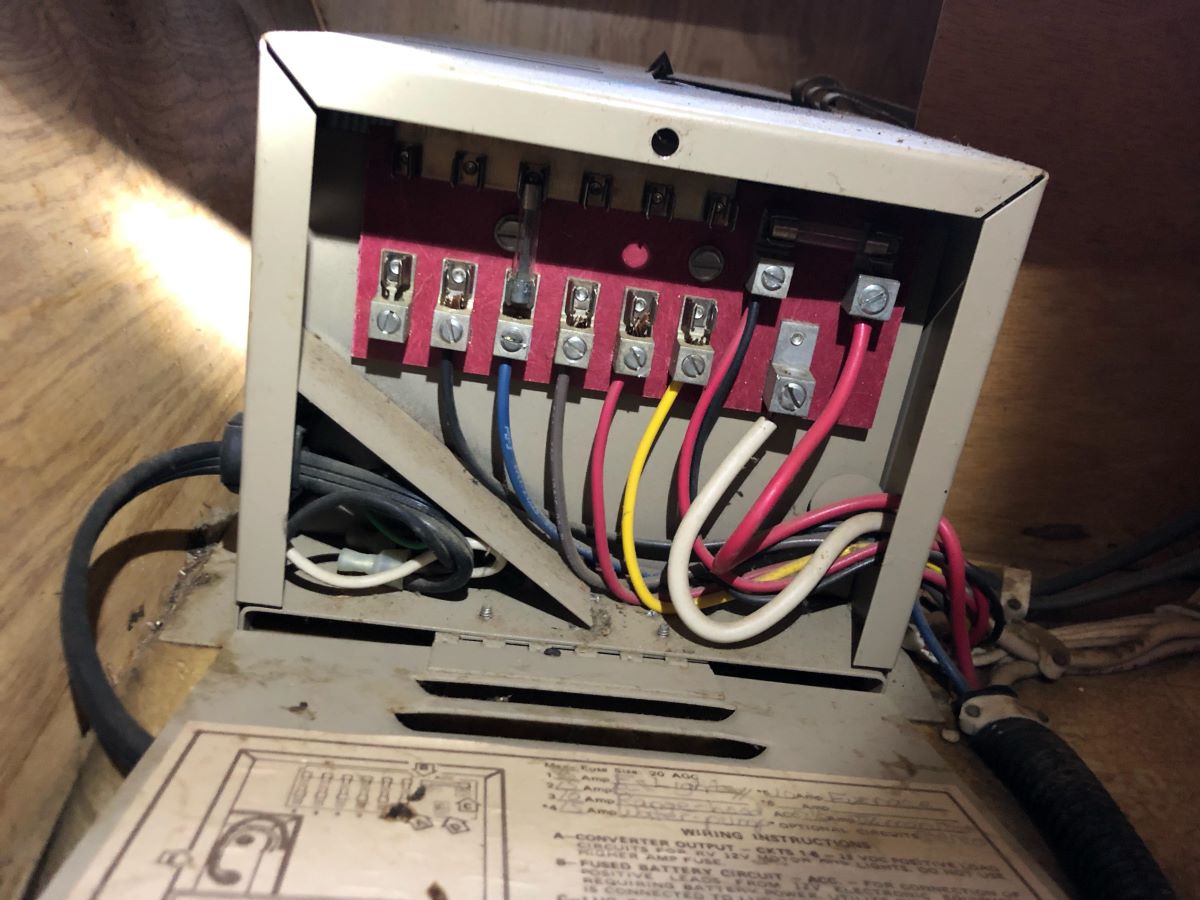
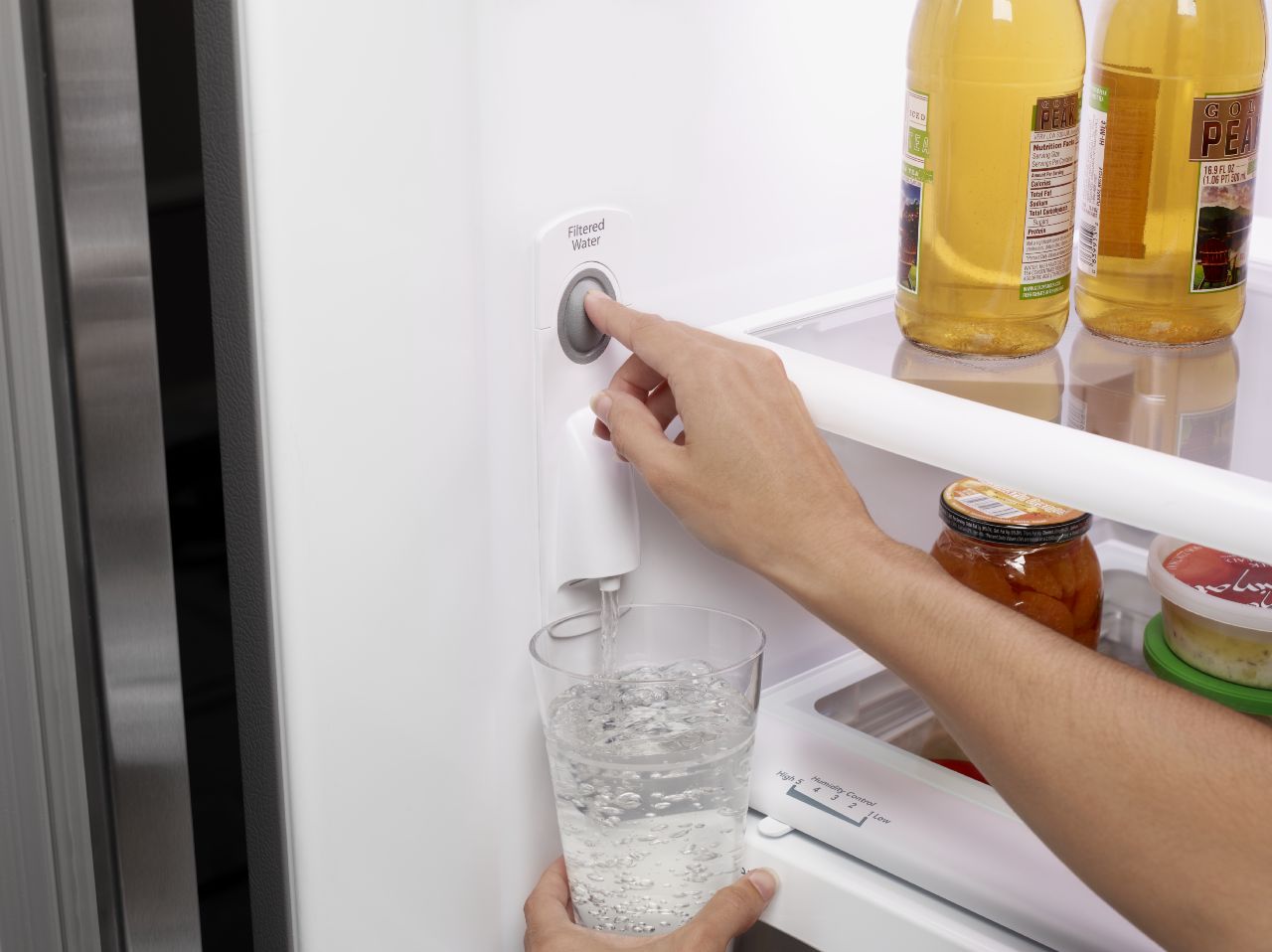
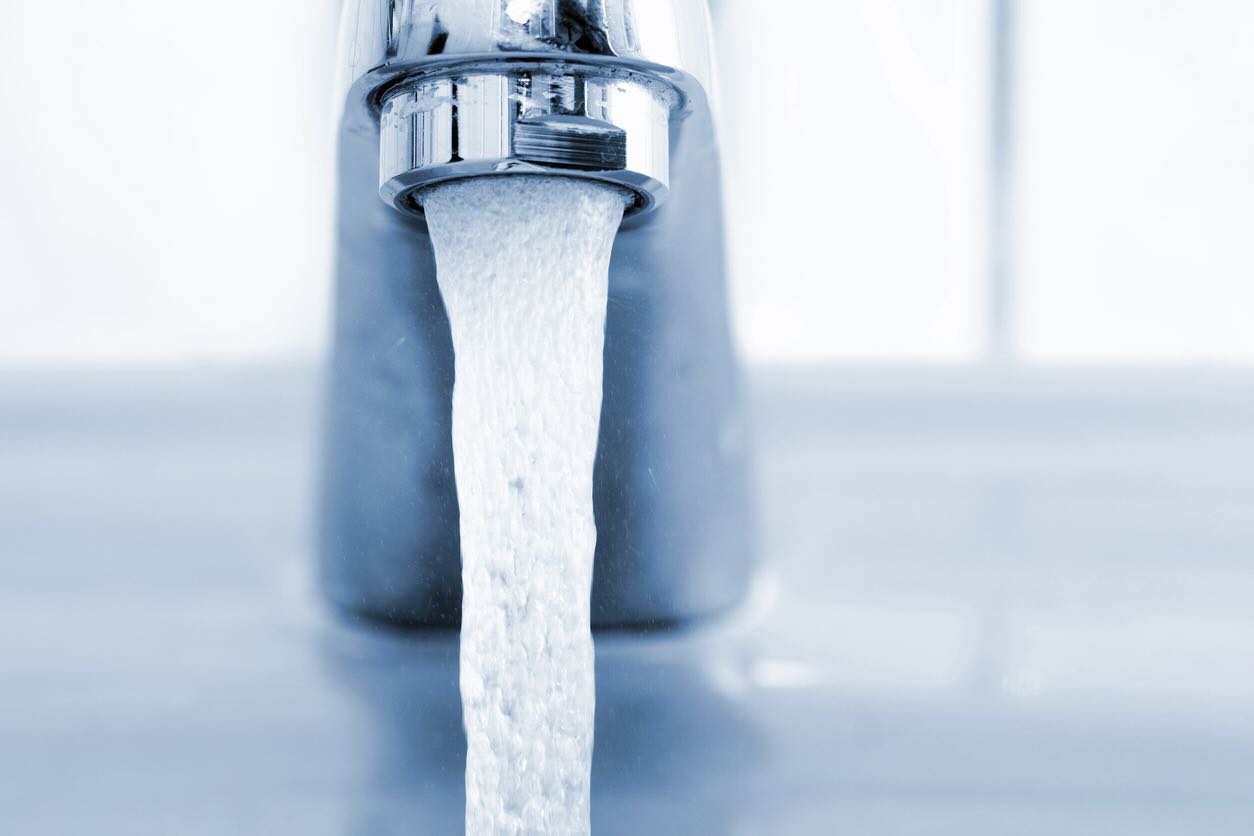

0 thoughts on “Why Does My Toilet Keep Running? The 4 Reasons You’re Wasting Water”